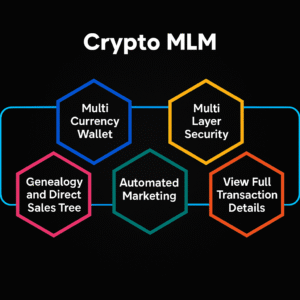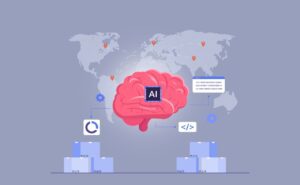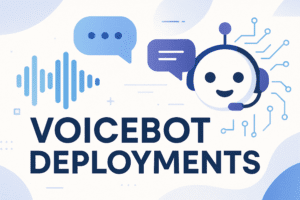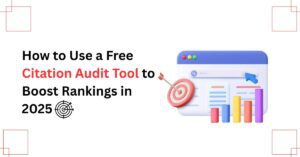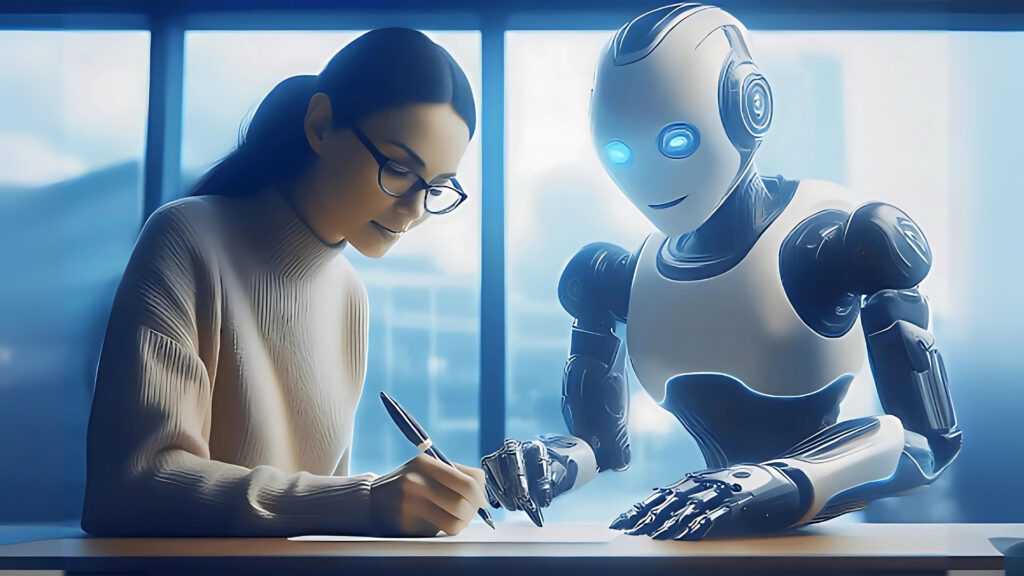
With AI taking over every aspect, most people want AI and human collaboration in the workplace. A survey suggests that around 37% of employees are increasing human-AI collaboration. This integrates empathy and ethical judgment while enhancing the business potential.
Employers are working towards integrating generative AI in the workplace. Human-AI collaboration can meet the work demands soon and help with reskilling and upskilling. Offering flexibility in the workplace can significantly benefit businesses. Let’s see how AI and human collaboration is working in the workplace.
The evolution of AI in the workplace
AI plays an essential role in automating repetitive tasks and increasing employee productivity. Therefore, employees must constantly upskill and overcome workplace challenges while keeping up with ethical considerations. While millions of jobs are being replaced or removed due to AI, many are being created, too—particularly through AI Recruiting Tools.
AI in the workplace can play a key role in improving the physical experience. Here are some of the key examples:
-
Better collaboration:
AI-driven automation solutions can help businesses quickly solve or do mundane tasks. They have enough time to focus on creativity and collaboration. Moreover, NLP of AI can also help improve collaboration and communication in the workplace.
-
Boosts well-being:
Visiting an office can also help improve the health and well-being of employees. AI can be integrated into the office to monitor various conditions, such as quality, temperature, and humidity. This will help create personalized experiences.
-
Workspace safety
: AI in the workplace has evolved to such an extent that it helps with workplace safety. It monitors real-time conditions and alerts the employees in case of rangers. The patterns and trends are constantly monitored to check for safety issues and take preventive measures before anything significant happens.
Key areas where AI and humans collaborate
AI in the workplace with human collaboration synergistically can help attain and achieve all the goals simultaneously. It could be highly efficient for boosting productivity, efficiency, and better decision-making. However, it is essential to note that human abilities must also be augmented with AI to ensure maximized results.
Some of the key areas for the collaboration of humans and AI are as follows:
-
Data Analysis and Insights
AI can process and analyze data quickly. Therefore, it can identify patterns and trends that one may miss manually. Humans can refer to the analysis by AI and then integrate critical thinking and expertise to refine the information. The merging of these helps in making informed decisions.
-
Automation Tasks
Repetitive tasks can take up a lot of manual time. Business automation with AI can free up employees by automating these repetitive tasks. Furthermore, it integrates value-added strategies for better results. Humans can constantly monitor whether these automated tasks are being performed accurately. When complex situations arise, humans can interfere and change the automated tasks.
-
Creative Collaboration
AI can collaborate with humans on creative decisions. It can generate numerous designs, ideas, and content that the business may need. For example, teams can use AI tools during a kickoff meeting to brainstorm ideas and then refine them later in Canva for polished visual outputs. Even if not directly created, AI can play an essential role in providing ideas as the starting point. AI content gets directly flagged online, so humans may intervene to modify and refine the unique AI-generated content further. Once ideas are finalized, an AI presentation formatter can help quickly turn concepts into professional slides, streamlining the creation of visually consistent presentations. Engaging in collaborative word games or creative prompts during brainstorming sessions can also enhance idea generation and team synergy.
-
Safety and Security
Safety and security are among the rising concerns today. Threats and anomalies are also an increasing risk. AI can use its analysis criteria to help with safety and security. It analyzes the data and predicts the security risks that may arise. Humans can refine and modify the unique touch for AI-generated creative outputs and prevent safety and security.
-
Predictive Analysis
AI and humans can collaborate in predictive analysis. AI can forecast trends and outcomes based on historical data. For example, while AI identifies trends, humans can evaluate their implications. These can be categorized as ethical, societal, and long-term factors. For instance, a dropshipping business might use predictive analysis to anticipate supply chain delays or seasonal demand spikes.
Benefits of AI and human collaboration
Considering the many areas AI and humans can collaborate on, it offers many advantages. Some of the key benefits of human and AI collaboration are as follows:
-
Better Contextual Understanding
Human and AI collaboration can help with better contextual understanding. It ensures that the system can easily interpret the data. AI systems can further process the data based on human inputs. This nuanced collaboration can help with better decision-making and, eventually, problem-solving. It can also support various stages of the employee life cycle, from onboarding to development.
-
Ethical Decision-Making
When only AI creates content, there are many questions about ethical decision-making. AI can help in understanding the actions based on data, and then humans can leverage these to overcome ethical and empathetic considerations. All these are created to ensure that societal norms and values are in place while removing fraud detection.
-
Innovation and Creativity
Human-AI interaction has played an important role in driving innovation and creativity. AI can provide unique ideas based on the prompts given to them, whereas humans can refine them. For instance, AI content writing tools can craft content promptly, and a human can further modify it to make it more user-oriented and add value. This approach can be especially useful for promoting Tissot products, such as their luxury watches, by generating engaging content that easily resonates with customers. AI can generate data based on the prompts given to it as per human creativity. This unique combination can eventually provide innovative solutions.
Note that AI content might sometimes sound robotic and overly formal, which can ruin your chances of getting conversions. Therefore, it is important to always humanize AI text before putting it before your audience.
-
Collaborative Intelligence
Human-AI interaction paves the way for collaborative intelligence. The collective intelligence of AI and humans plays a larger part. This plays an important role in generating accurate results. Moreover, service personalization and customer issue resolution can be provided easily.
Challenges of AI and human collaboration
While AI and human collaboration is important, there are some challenges surrounding it too. These challenges often make it difficult for some of the companies to adopt this unique collaboration into their system, which further has a lot of problems. Some of the key challenges of AI and human collaboration are as follows:
- Building a trustworthy AI system that promises complete security of data is a significant challenge. Adding careful employee monitoring gives extra protection without hurting teamwork.
- While AI helps with automation, there are a lot of risks around job displacement.
- Misalignment in understanding AI’s or human’s capabilities can be limiting or lead to underutilization of AI. It is imperative to develop proper solutions to bridge the gap.
An ITIL course can help businesses streamline AI processes and improve operational management, ensuring AI systems are aligned with business goals.
Examples of AI and human collaboration across industries
AI and human collaboration help in different sectors to ensure the proper growth of businesses. It is important to ensure that both humans and AI have the necessary training to foster collaboration across the industry. Some of the key ones include the following:
-
Customer service:
AI Phone Calls can generate consumer behavior insights and automate follow-up interactions, allowing service agents in IT consulting services to focus on personalizing their engagements and resolving complex issues more effectively.
-
Finance:
Finance professionals can use AI-powered tools for processing a wide range of market data. This raw information can further be used for driving actionable insights within seconds, or turn this data into PPT presentations.
-
Creative industry:
AI is helpful for generating innovative, creative, and unique ideas for the industry. In music, it helps to create melodies and then goes on to generate design human concepts. Humans can then refine these ideas to prevent being flagged by AI.
-
Manufacturing:
Collaborative robots, or co-robots, can work together with human workers in the manufacturing industry. This can improve the production process and ensure that everything is ready on time. In the case of Swarovski, co-robots can assist in the precise handling and assembly of their delicate crystal products.
Conclusion: The future of AI and human collaboration
The future of work with AI is likely to stay as long as the challenges are overcome. It is likely to evolve more before it can be used across different industries. Since AI is still in the developing stage, a lot of training is required by humans. Humans can eventually train AI to overcome the issues. This plays an important role in ensuring less risk and eventually contributing towards better AI integration and improved productivity.


